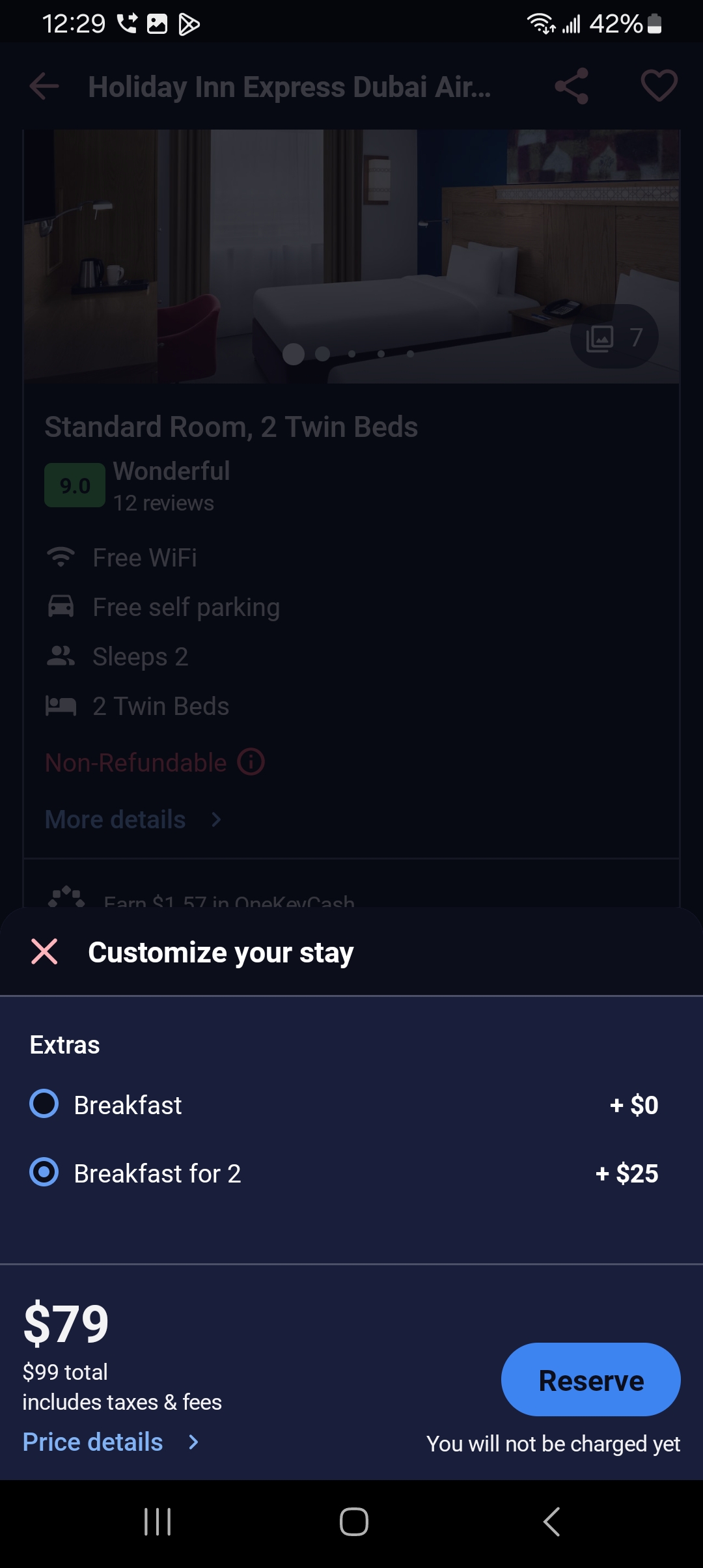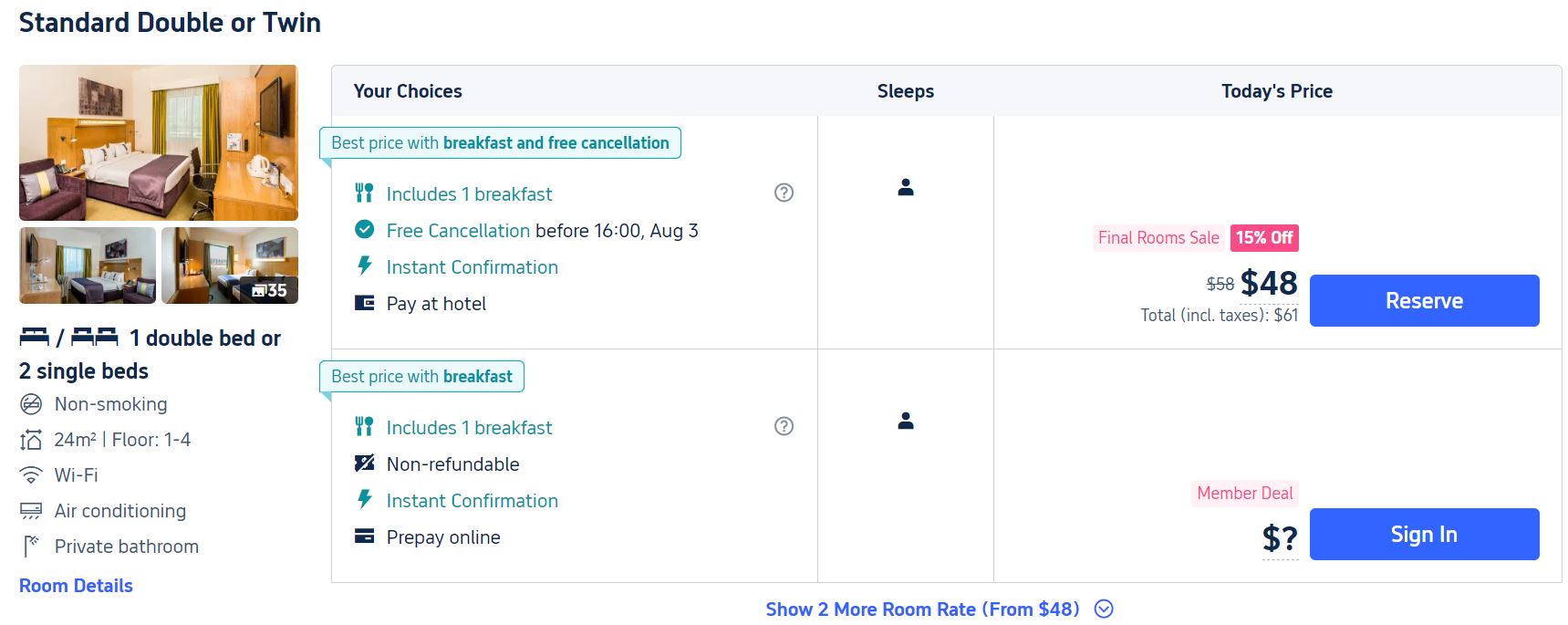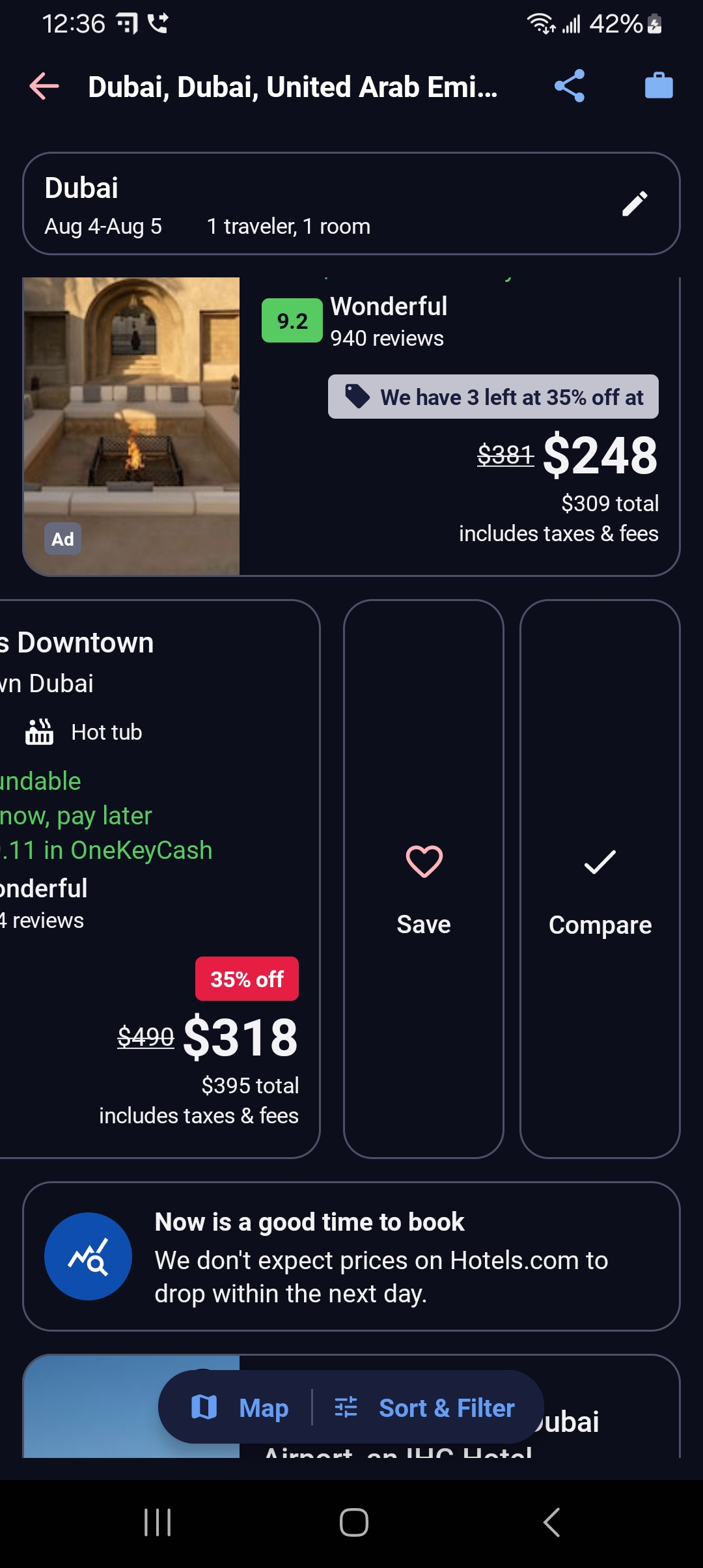Whether or not you’re a fan of hotels.com, today’s criticisms of its consumer-facing existence are unfortunately not unique to that company.
Go use another OTA (online travel agent), one might say. Book direct, chimes another. Chill out, at least you’re traveling. Nice rose-colored glasses you’ve got there. Start your own. Hmm.
Feel good? Good.
I’ve been a hotels.com platinum user for years. I started off with Travelocity (remember them?), then became Orbitz Platinum (for the immediately usable Orbucks), but noticed that their selection was limited on my usual circuit (East/Southeast Asia). Agoda came and went, because of pathetic customer service. Simultaneous with the above, I used booking.com; however they, too, suffer from booking.com’s major ailment.
Thus, it was right around 2019 when I shifted to hotels.com. In spite of typically irritating customer service (more on this later), I trudged forth. It was less about enthusiasm for a new company, and more that I had eliminated many other OTA choices.

Per an earlier comment, that might beg the question, “why not build up loyalty with a hotel brand, instead of an OTA?” Not all destinations have all of the same brands, the property location isn’t always convenient, and similar issues — ehem, enhancements — plague hotel loyalty programs.
Ostensibly, it was when the OneKey rewards scheme was introduced last year that things really went pear-shaped with my hotels.com user experience.
On that note, last year was when China reopened to international tourism. Western OTAs aren’t terribly useful for that country, outside of showcasing big Western brands. Enter: trip.com. It’s based in China, which means three things– mainland options are vast (+), it’s visually appalling (—), and it takes up a lot of phone space (—). With my old stomping ground back in the picture, I’ve been using trip.com almost exclusively since 2023.
Like I said at the start of this post, my issues with hotels.com (mostly the app) aren’t limited to it. Nevertheless, I will get down to business with the non-exhaustive bullet points.
- When searching a destination, the app never remembers anything about past searches. Since I’m always logged-in, why aren’t certain aspects stored as default settings? For example, one traveler (not two), sorting by distance from ____ landmark, and previously inputted dates (unless those dates have already passed) combining to be my individual settings.
At the same time, when searching for Tokyo Narita Airport (NRT) properties, don’t show me places in Ginza or Shinjuku. Those two neighborhoods might be closer to NRT than say, Coney Island, but showing results in those places makes me wonder if hotels.com has ever heard of a map.
Back to the original thought, it appears that my being logged-in only serves the purpose of increasing OneKey Cash, and perhaps chatting with an unhelpful agent. - To wit, No two agents ever know what the prior one said, forcing me to waste my time repeating everything. Not to mention, I often have booking/app issues that aren’t related to anything else, yet the chat app pigeon-holes me into clicking on one of five buttons: “see cancel options,” “change booking,” “get refund status, “manage rewards,” and “resend confirmation email.” These are particularly amusing, as I don’t recently nor currently have any bookings.
By the by, I have written to hotels.com top brass. Their response, without fail, has always been to pass on the buck to someone else. - Disingenuous or anti-competitive pricing.
Let’s take the Holiday Inn Express Dubai Airport (DXB) as an example.
Here’s a pair of screenshots from my platinum status hotels.com search:


For a twin room at this property with platinum status, the hotels.com total is US$99.
Really, even in the low season?
Why not try the same room and night (with breakfast) on trip.com using my diamond status (their highest membership level)?

¡Asu madre! A US$62 difference. Any price-matching, hotels.com?
Just for kicks, what would the Holiday Inn Express Dubai Airport (DXB) rate be for a regular hotels.com user?

It’s the same.
What about on trip.com for a regular member?

US$61. Still a US$38 drop.
Whereas this may have been an incredibly minute sample size, it’s by far not the only example. Besides, once you have seen such dramatic price fluctuations, why bother sticking to hotels.com anyway?
- Something very practical that trip.com offers is a bilingual confirmation of one’s hotel reservation. Hotels.com doesn’t do this (maybe others don’t either).
With my foreign language skills, this hasn’t necessarily been a problem; e.g. at a few hotels in China, some front desk employees thought that Department of State was my name. But it can make check-in flow that much more smoothly, no doubt about it. - Shifty hotel listings in terms of maintenance work. This is another negative that befalls many an OTA, and naturally depends upon the hotel to inform the third-party search engine. For instance, I booked a hotel in Japan, only to find out afterwards that there was a water outage. Lovely.
- Why the heck are you showing me unavailable properties? Should I be hanging around check-in waiting for someone not to show up? Absolutely impractical. And how about when you check-in only to find out that your booked room type isn’t available anymore? Time for a virtual chat with a Möbius strip.
Lastly … for now:
- Why does the hotels.com app double as a matchmaker?
-

Needlessly swiping on the hotels.com app It’s a very clunky app now that every single property can be swiped left or right. Plus, if you mistakenly tap on the “save heart,” it’s a process to undo it. I wonder if future headhunters/school admissions officers will swipe much in the same way to determine whether an applicant moves on to the next round.
Hotels.com staff, if you’re somehow reading through this harangue, maybe be proactive and make some beneficial changes to the user experience. Ultimately, these are only my opinions, but they could always change for the better, given hotels.com does its part.

Leave a Reply